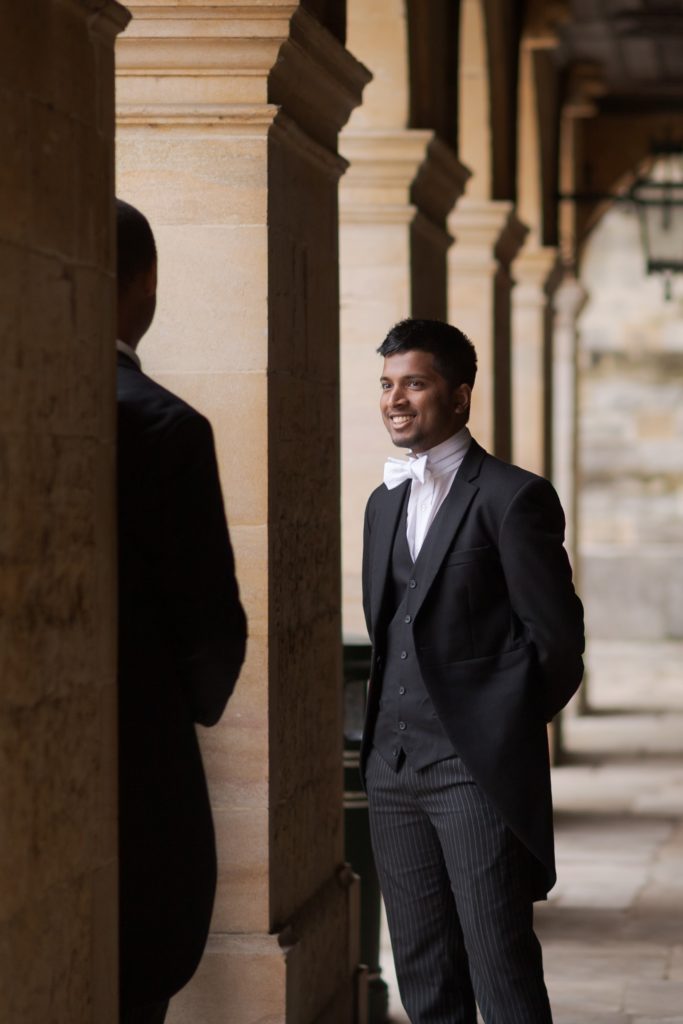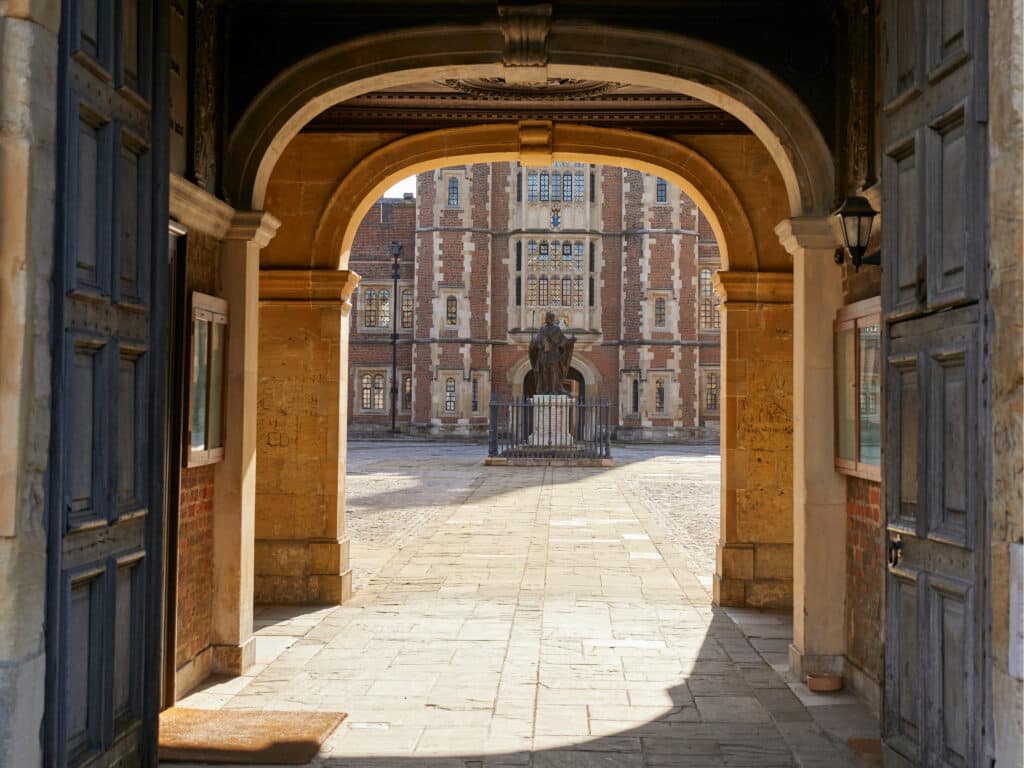Have you noticed this pattern? We ask a question and those who think they know the answer and can be bothered to raise their hand do so; these are often the same keen students time after time. We then choose one of these volunteers, more often than not choosing the student who we think will give the answer that we expect to hear. If it isn’t, we often continue asking other keen and likely hand-raisers until the desired answer arrives. We then move on, consoling ourselves that everybody now understands.
How many of us have been guilty of not thinking critically about this flawed form of questioning? Have we ever thought how many and which students are involved in this process? We would like to think that everybody has been engaged: they have not (Watts and Sattes, 2011). The likelihood is that far fewer students have taken part in the moment than we would have liked and most have not been challenged, stretched or even been stirred from their smug slumber!
We have to rethink how we question. What is it exactly that we want to effect with questioning? Aims might include listening, mutual respect, engagement, decision making, checking and furthering understanding, igniting curiosity, and a celebration and appreciation of the knowledge of others. We might also aim for a mutual appreciation and acknowledgment that not everybody is at the same place in their understanding; furthermore, that this is a normal situation and not one to be ashamed of or embarrassed about. Perhaps we can create an environment in which the relative strengths and weaknesses of those around us are recognised, appreciated and even turned to everyone’s advantage; an environment in which all involved feel that it is a safe space in which to make mistakes, to share their thoughts; a space that no one needs to fear; a space in which those around may be regarded as a resource and even a helping hand. As van Zee and Minstrell (2009) suggest, questioning can be a way to guide student thinking rather than check for understanding. It should, therefore, be a resource for teaching and learning (Chin and Osborne, 2008).
Questioning can be a way to guide student thinking rather than check for understanding. It should, therefore, be a resource for teaching and learning.
What if we turn the age old ‘question and answer’ model on its head? If we start by saying: ‘Raise your hand high if you don’t think you can contribute anything or share a thought on subject X.’ This is something I have been experimenting with in my classroom and here I want to share a blueprint of how this might work in different contexts. The following scenes may play out in your classroom after you have given this instruction.
Scenario one (rare): no one raises their hand to admit they don’t feel that they can contribute. Now you have been given license to ask anyone in the room. Go ahead and choose a student to select a peer to say something they understand about X. Following the ‘volunteered’ student’s contribution you can then ask those who feel they cannot add to what has been said to raise their hand high. The ‘volunteered’ student is then given the opportunity to choose someone who has not raised their hand – in other words, a student who thinks that they can add a contribution. One of these will now be selected by the ‘volunteer’, a task often performed with relish! The newly selected student will then add their contribution to that of the ‘volunteer’.
The aim is to build on what has already been offered. In this way a class understanding emerges.You now continue the ‘own up answering’ in the now familiar form by asking if there is anyone who cannot build on what has been said thus far to raise their hand. This process of ‘own up answering’ can continue for as long as the class understanding is building. Eventually you may well find that the habitually reticent but knowledgeable student is tempted to place the metaphorical cherry on the top of the class understanding of subject X.
Scenario two (common): one or more students raise their hand to admit they don’t feel that they can contribute. After publicly recognising the courage of those who have raised their hand the teacher now invites one of them to choose a student who has not done so. Hereafter the teacher and students follow the same pattern of ‘own up answering’ as in scenario one.
While the ‘own up answering’ process unfolds, students can be encouraged to write their own notes to improve their work and understanding of topic X. Arguably more effective is the teacher writing notes on the class offerings that all can see. For many this will validate and for some even celebrate the thoughts, ideas and knowledge of their contemporaries.
I have also been using a list with items which I believe are enhanced through the ‘owning up’ questioning process. I keep track of them and I have noticed clear advancements in my lessons. These are:
- Listening
- Mutual respect
- Engagement
- Decision-making
- Checking and furthering understanding
- Igniting curiosity
- Celebration and appreciation of the knowledge/ideas of others
- Creating a secure environment in which all feel one that it is a safe space in which to make mistakes and be supported
- Creating a space in which those around you may be regarded as a resource
I aim to develop the ‘own up’ questioning further and use it with students as much as I can. They seem to enjoy the process. Importantly, it contributes to an environment where pupils feel safe to express their thoughts.
References
Chin, C. & Osborne, J. (2008). Students’ questions: a potential resource for teaching and learning science, Studies in Science Education, 44:1, 1-39.
Emily van Zee & Jim Minstrell (1997). Using Questioning to Guide Student Thinking, Journal of the Learning Sciences, 6:2, 227-269.
Walsh, J. A. and Sattes, B. D. (2011). Thinking through quality questioning: deepening student engagement. London: Corwin.



